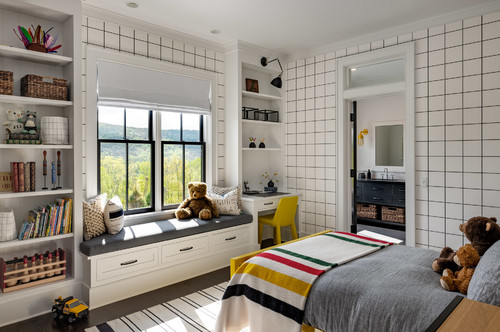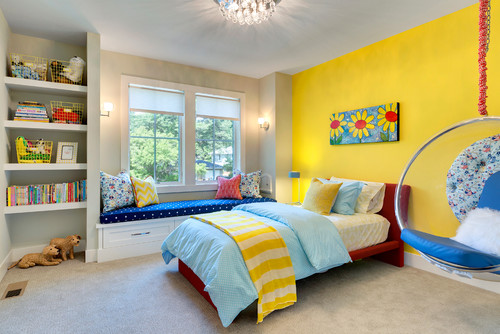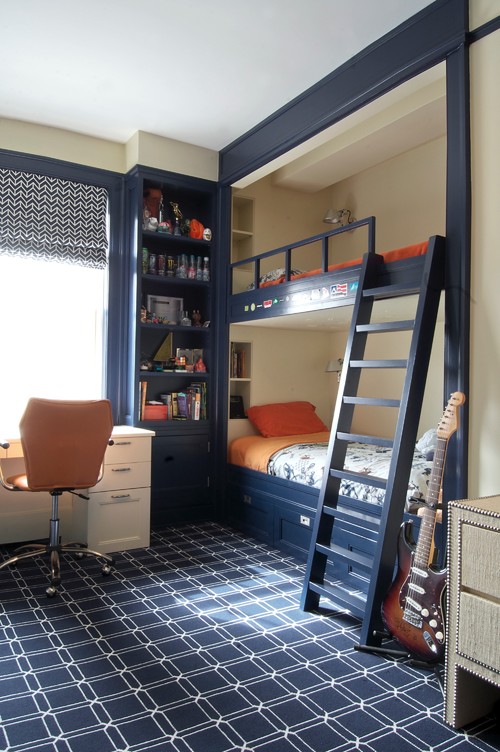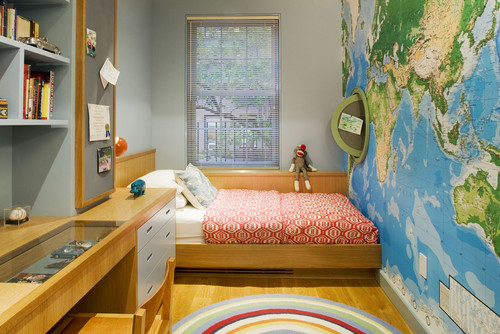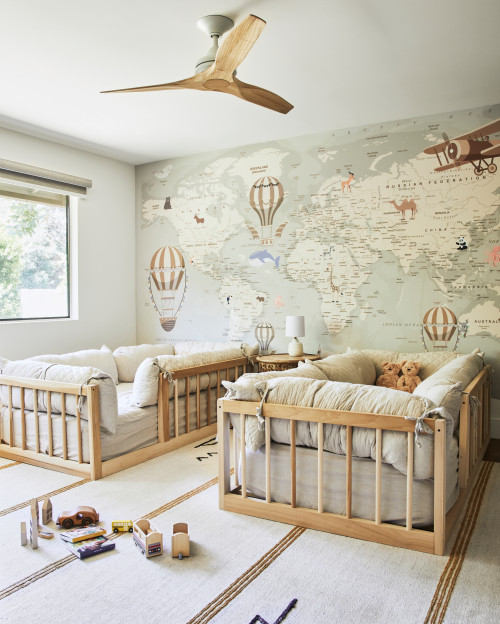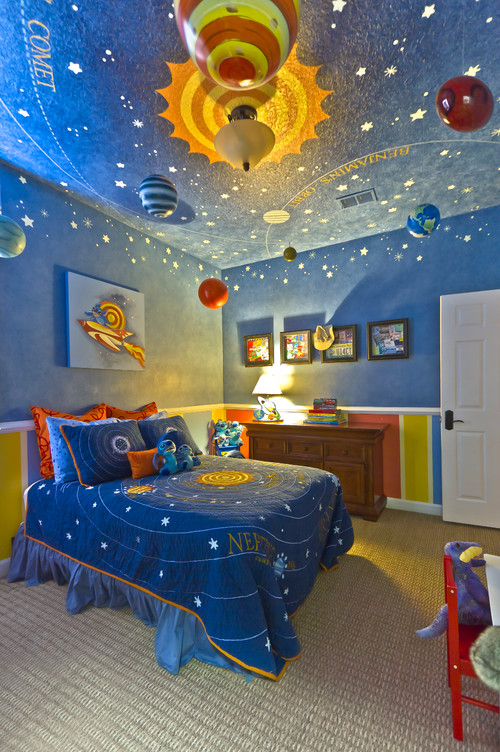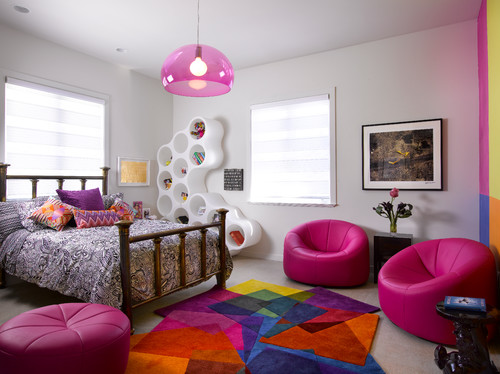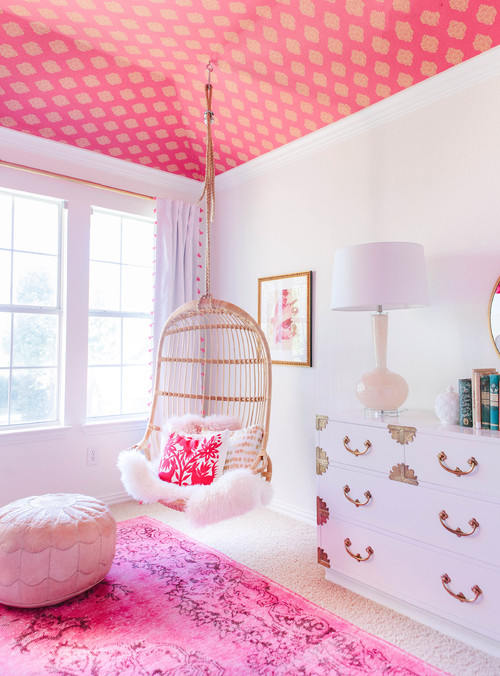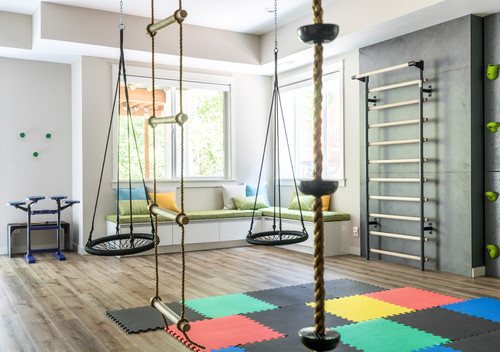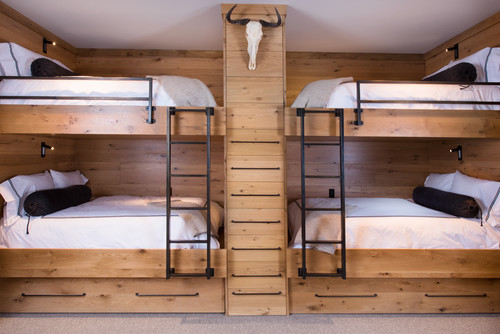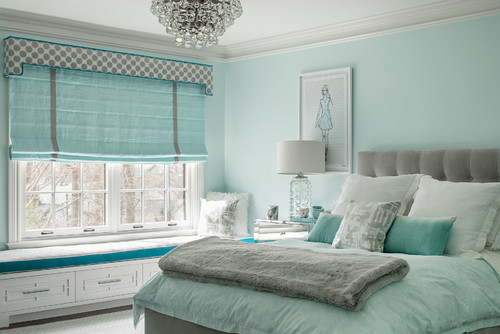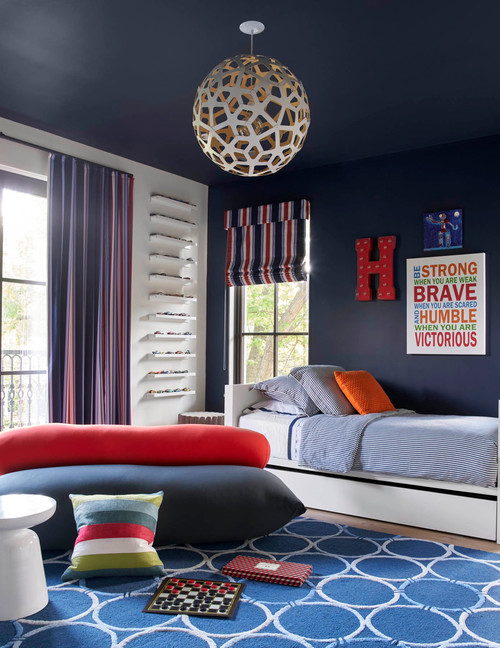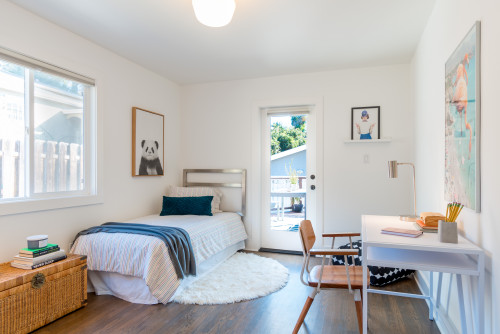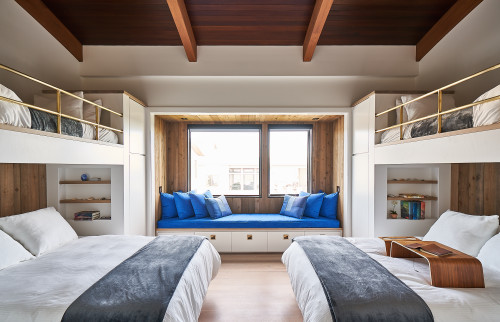Designing a room for your little one is both an exciting and rewarding task. Whether you’re setting up a nursery for a newborn or refreshing a space for a growing child, the possibilities are endless.
In this guide, we’ll explore key tips and creative ideas to help you create a safe, functional, and inspiring environment that your child will love.
From choosing the right colors and themes to incorporating personal touches, we’ve got you covered every step of the way and also share some best designs we created for you. let’s get started…
Points to Consider:
Safety First:
- Discuss childproofing tips (e.g., securing furniture to walls, covering outlets).
- Use non-toxic paints and materials.
When designing a room for babies or young children, safety should be your top priority. Start by childproofing the space.
Secure heavy furniture like dressers and bookshelves to the walls to prevent tipping. Cover electrical outlets with safety plugs and ensure cords are out of reach. Opt for non-toxic paints and materials to ensure the air quality in the room is safe for your child to breathe.
Functional Layout:
- Plan for ample storage (toys, clothes, books).
- Include multipurpose furniture (cribs that convert to beds).
A well-planned layout makes a room functional and enjoyable. Consider the flow of the room and how your child will use it. Ample storage is essential for keeping toys, clothes, and books organized.
Use storage bins, shelves, and closets to keep everything in its place. Multipurpose furniture, like a crib that converts into a toddler bed, can save space and money in the long run.
Age-Appropriate Design:
- For babies: focus on calming colors and simple designs.
- For toddlers: include interactive elements like blackboard walls or easy-access storage.
- For older kids: let their interests guide the design (e.g., space themes, sports).
The design of the room should evolve as your child grows. For a baby’s room, focus on calming colors and simple designs that create a peaceful environment. Soft pastels and neutral tones work well.
As your child grows into a toddler, introduce interactive elements like a chalkboard wall where they can draw, or low shelves they can reach themselves.
For older kids, let their interests guide the design. Whether they love space, dinosaurs, or sports, incorporating their favorite themes will make the room feel special and unique to them.
Personal Touches:
- Personalized decor (names on walls, custom bedding).
- Display their artwork or favorite things.
Adding personal touches makes the room feel like it truly belongs to your child. Consider personalized decor items, such as their name displayed on the wall or custom bedding with their favorite colors or characters.
Display their artwork or cherished items on shelves or walls. This not only adds a personal touch but also gives your child a sense of pride and ownership over their space.
Flexibility and Growth:
- Choose furniture that can adapt as the child grows.
- Use decor elements that can be easily updated.
Kids grow quickly, and their tastes and needs change just as fast. Choose furniture and decor that can adapt over time. For example, a crib that converts to a toddler bed or a desk that adjusts in height can grow with your child. Use decor elements like wall decals or removable wallpaper that can be easily updated as their interests change.
Color and Theme Choices:
- Neutral tones vs. vibrant colors.
- Popular themes (forest, nautical, fairytale).
Choosing the right colors and theme sets the tone for the room. Neutral tones like whites, grays, and beiges can create a calm and timeless look, while vibrant colors like blues, greens, and pinks can add energy and excitement.
Popular themes for kids’ rooms include forests, nautical adventures, and fairytales. Whatever theme you choose, ensure it reflects your child’s personality and interests.
Comfort and Coziness:
- Soft lighting and comfortable seating.
- Rugs and curtains for warmth and noise reduction.
Creating a comfortable and cozy environment is essential for a child’s room. Soft lighting, like a dimmable lamp or fairy lights, can create a warm atmosphere.
Comfortable seating, such as a cozy chair or bean bag, provides a perfect spot for reading or relaxing. Rugs and curtains not only add to the coziness but also help with warmth and noise reduction.
Educational Elements:
- Include bookshelves and learning toys.
- Wall decals with alphabets, numbers, or maps.
Incorporating educational elements into the room can make learning fun and accessible. Include bookshelves stocked with age-appropriate books and learning toys that encourage exploration and creativity.
Wall decals with alphabets, numbers, or maps can add an educational aspect to the decor. These elements help create an environment where learning and play go hand in hand.
Designs from where you took inspiration for your next project.

